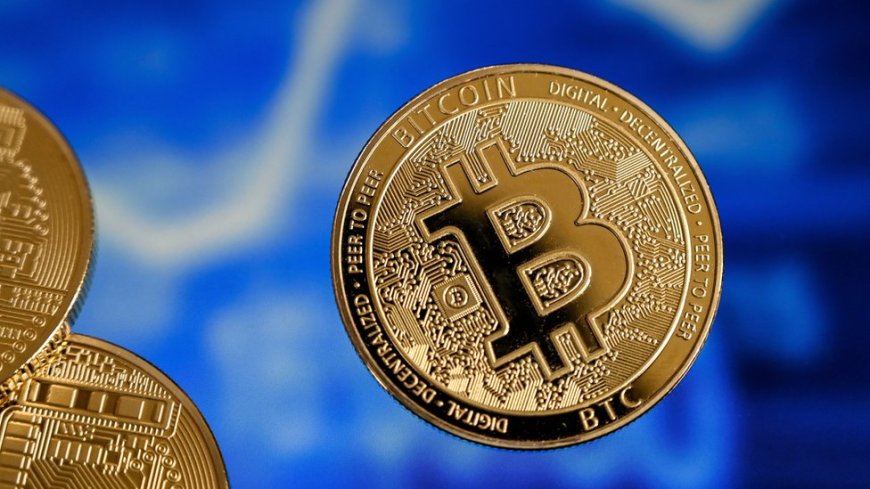Future of Bitcoin Mining: What Happens When all 21 Million Bitcoins are Mined?

Bitcoin boasts a prominent feature: a maximum supply of 21 million units. This characteristic often draws comparisons to finite resources like gold. However, an intriguing question arises: what occurs once all 21 million Bitcoins have been mined?
Bitcoin Mining: A Recap
Before delving into the future of Bitcoin mining, let's revisit its fundamentals. Bitcoin enters circulation through mining, a process where users deploy powerful computers to solve cryptographic puzzles, adding transaction blocks to the blockchain. Miners earn block rewards for their contributions.
Initially, each block added rewarded miners with 50 Bitcoin. However, every 210,000 blocks (roughly every 4 years), a 'Bitcoin halving' occurs, cutting rewards in half. Presently, miners earn 6.25 Bitcoin per block, with the next halving set for April 2024, further reducing rewards to 3.125 Bitcoin.
Transitioning to Transaction Fee
As Bitcoin approaches its 21 million supply limit, the block reward will inevitably diminish to zero. This prompts the question: what incentivizes miners to continue?
Unlike gold, Bitcoin miners are vital for transaction validation and network security. Transaction fees supplement block rewards, paid by transaction senders. The hope is that with widespread Bitcoin adoption or increased value, transaction fees will become a substantial incentive for miners. However, concerns linger over whether fees alone can sustain mining operations.
Recent developments like Bitcoin Ordinals have caused fee spikes amid market downturns, benefiting miners. Yet, the long-term sustainability of this trend remains uncertain.
Alternative Income Sources
While transaction fees may become miners' primary income, alternative revenue streams could support their operations.
Participation in demand response programs, where miners earn by temporarily halting operations to balance energy grids, is gaining traction. In regions with expanding renewable energy capacities, miners have earned up to 10% of revenue through these programs.
Moreover, miners with access to inexpensive or free electricity, often through partnerships with renewable energy providers, may sustain operations despite reduced revenues.
Additionally, the self-interest of Bitcoin holders, potential involvement of major investment funds, and adoption by countries could bolster network security by supporting mining operations.
The Future Outlook
Although transitioning from block rewards to transaction fees poses challenges, several factors suggest Bitcoin's network will endure post-21 million.
Bitcoin Ordinals and sustained high fees offer temporary revenue boosts. Alternative income sources and the self-interest of stakeholders provide further support.
While mining's future may hinge on transaction fees, underlying incentives and evolving strategies assure the resilience of the Bitcoin ecosystem. As technology advances, miners will adapt, ensuring the continued success of Bitcoin.








